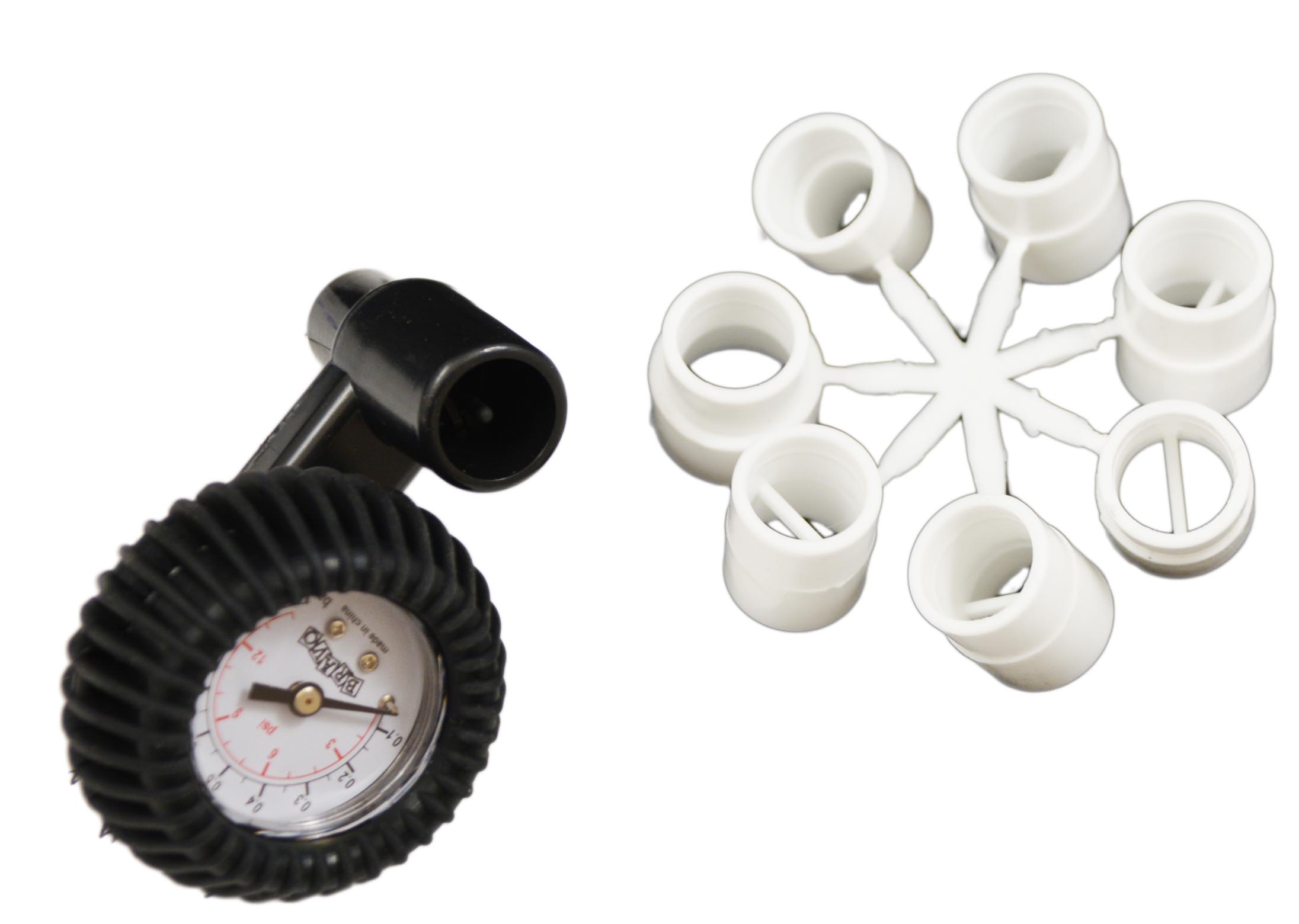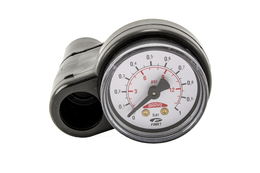Hi all:
I have a 10 ft AB inflatable about 12 years old. It has been trouble free but has always seemed to be temperature sensitive. Whenever the temperature drops, the tubes soften. Of course the density of the air inside will decrease with lower temperature, which will tend to soften the tubes, and vice versa. However, the dinghy next to mine on the dinghy float is a brand new AB, same model as mine. I noticed that his dinghy seems to be less temperature sensitive than mine such that his stays hard and mine softens.
So, the question is am I doing something wrong here? Maybe I don't pump it up enough initially? How hard should it be? Or is there something else? How do you maintain your inflatable?
I'd appreciate your thoughts.
Thanks
Rick
I have a 10 ft AB inflatable about 12 years old. It has been trouble free but has always seemed to be temperature sensitive. Whenever the temperature drops, the tubes soften. Of course the density of the air inside will decrease with lower temperature, which will tend to soften the tubes, and vice versa. However, the dinghy next to mine on the dinghy float is a brand new AB, same model as mine. I noticed that his dinghy seems to be less temperature sensitive than mine such that his stays hard and mine softens.
So, the question is am I doing something wrong here? Maybe I don't pump it up enough initially? How hard should it be? Or is there something else? How do you maintain your inflatable?
I'd appreciate your thoughts.
Thanks
Rick
Last edited:




